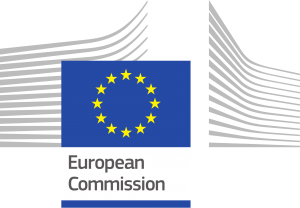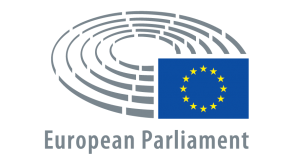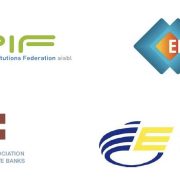Payment Services Directive 2 (PSD 2)
EBF videos
What do APIs mean for banking?
What is screen-scraping?
EU cross-border payments & currency conversion
European Institutions /Useful links
EBF Positions
EBF DIGITAL THURSDAYS 2022
Close Up: Building Pan-European Instant Payments
Thursday, 24 November 2022
x
WATCH THE FULL EVENT
Instant payments were rolled out in Europe in 2017 and have since been steadily taken up by the market. Instant payments have also become an important part of the retail payments strategies of the European Commission and the European Central Bank. Late October, the Commission adopted a legislative proposal that seeks to bring instant payments towards the ‘new normal’. The Digital Thursday Close-Up will focus on discussing this proposal, what it means for the industry and how it will impact the potential for building pan-European solutions based on instant payments.
EBF DIGITAL THURSDAYS 2021
From Payments to CBDCs: Are we rethinking the financial ecosystem?
Thursday, 18 November 2021
x
WATCH THE FULL EVENT
The third Digital Thursday 2021 focused on Central Bank Digital Currencies and payments. The event discussed the phenomenon of CDBC globally and debated on the need for CBDCs for a global financial ecosystem. Experts explored how CBDC issuance would change the role of central banks and the banking system overall, while providing insights on different CBDC projects that are under way. The event touched on a potential integration of a digital euro into the European payments landscape: how does it fit together with the retail payments strategies of the European Commission and the ECB? And how does it affect the objective to develop ‘homegrown’ pan-European payment solutions and the new instant payments framework in Europe?
EBF DIGITAL THURSDAYS 2020
EU payments at cross-roads: what strategy for the future?
Thursday, 19 November 2020
x
WATCH THE FULL EVENT
The European Commission has adopted its Retail Payments Strategy that will shape the policy landscape for payments in the EU for the years to come. One major push of the Strategy will be that of increased European independence and sovereignty in the area of payments.
At the same time, payments worldwide continues to be a part of financial services that is subject to a high level of innovation, disruption and competition by different market players. This event discussed the main pillars of the EU Strategy and will dive deeper into what is needed for a ‘European payments champion’ to emerge.









 The Payment Services Directive 2 (PSD2) aims at reinforcing the overall security framework for payments in Europe and mandates the European Banking Authority to develop standards that are deemed to be based on “effective and risk-based requirements” and “allow for the development of user-friendly, accessible and innovative means of payments”
The Payment Services Directive 2 (PSD2) aims at reinforcing the overall security framework for payments in Europe and mandates the European Banking Authority to develop standards that are deemed to be based on “effective and risk-based requirements” and “allow for the development of user-friendly, accessible and innovative means of payments”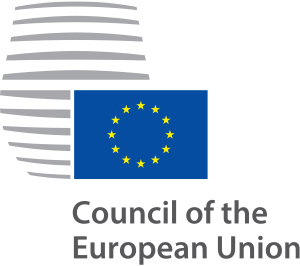
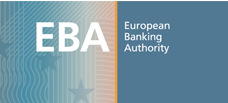
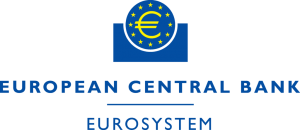
 Application Programming. Interface (API) Evaluation Group (EG)
Application Programming. Interface (API) Evaluation Group (EG)
 Regulation 924/2009 on cross-border payments equalised, across the EU, fees for cross-border payments in euro within the Union with domestic payments in euro (i.e. payments in euro within the same Member State). Non-euro area Member States were given the option to extend Regulation 2560/2001 and its successor Regulation 924/2009 to their national currencies.
Regulation 924/2009 on cross-border payments equalised, across the EU, fees for cross-border payments in euro within the Union with domestic payments in euro (i.e. payments in euro within the same Member State). Non-euro area Member States were given the option to extend Regulation 2560/2001 and its successor Regulation 924/2009 to their national currencies.